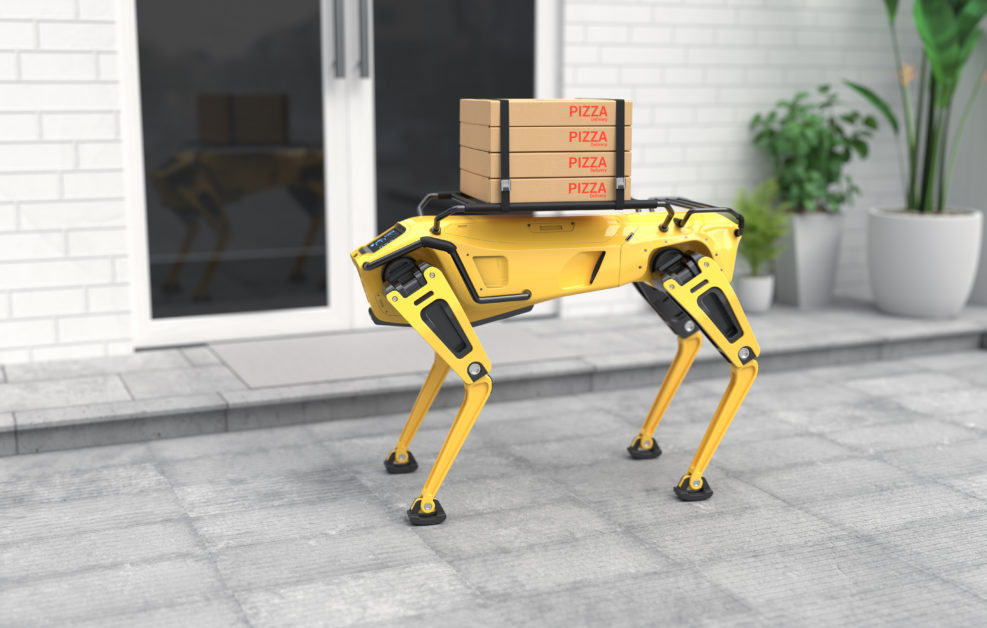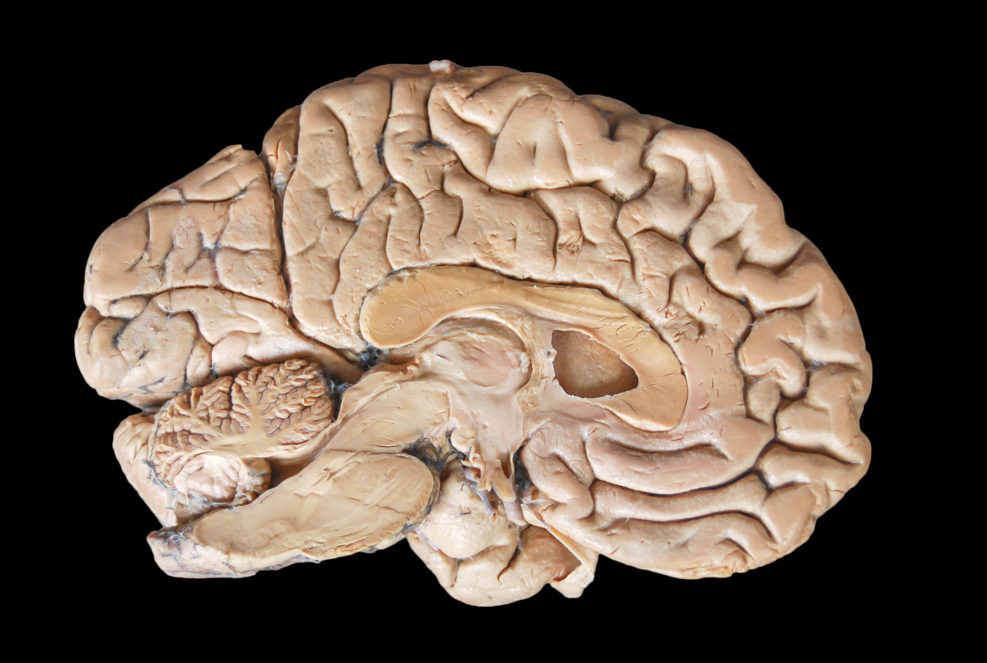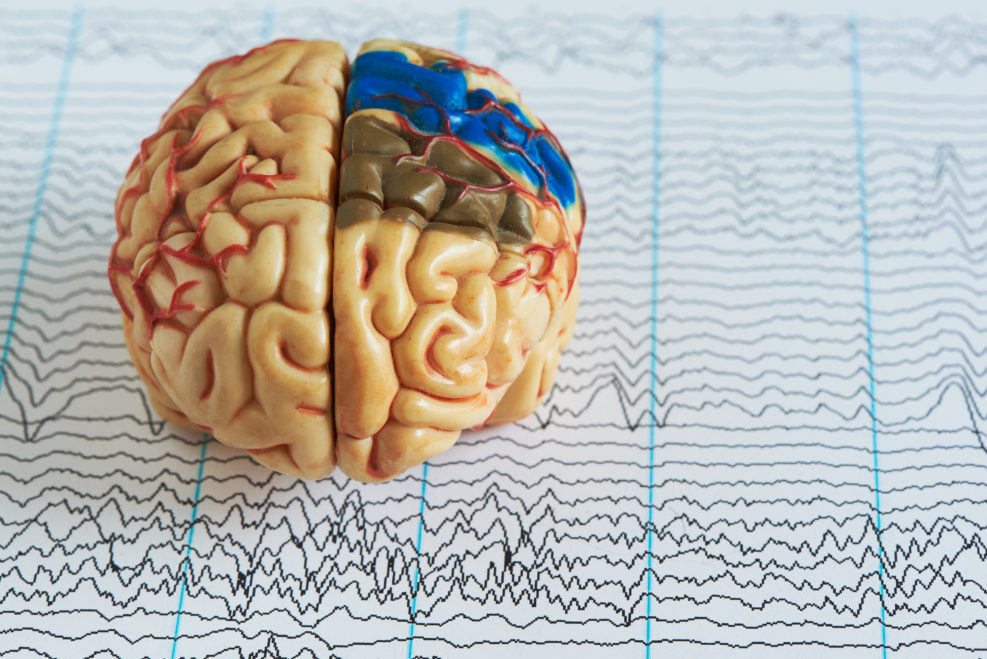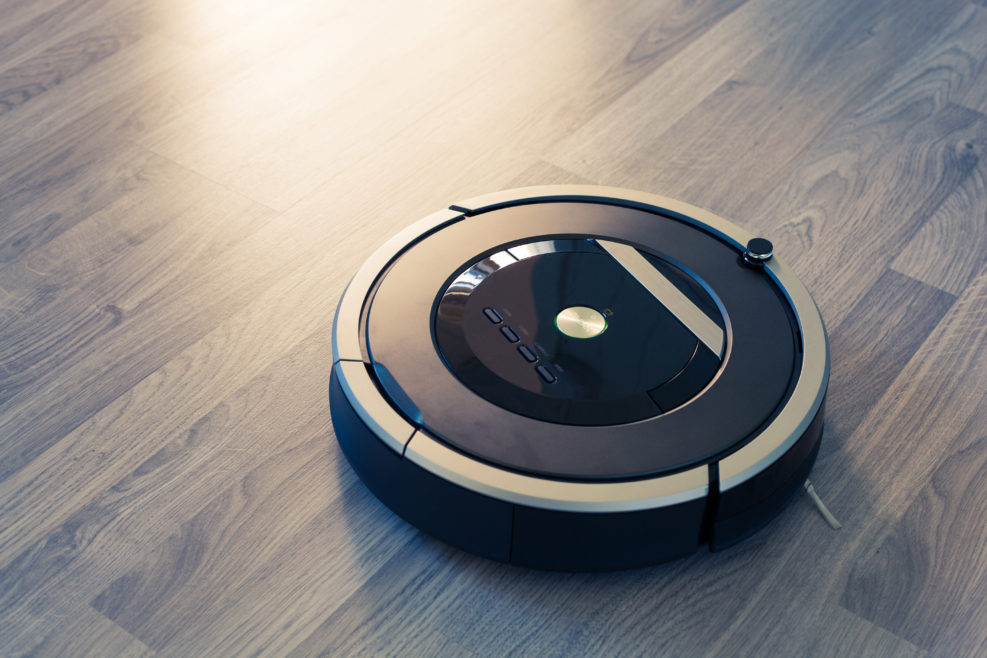
Study: Dogs Cry for Joy as Well as Pain
Recent research has focused on how dogs respond to the world they share with usA recent study looked at dogs reuniting with their human friends: When a person is overcome with emotion, their feelings stream down their cheeks. Even positive emotions can turn on the waterworks, as people bawl when they win awards, express love for their partners, or are reunited with a long-lost friend. But these feelings-driven tears may not be a wholly human experience. Dogs can also cry happy tears, according to a study published today (August 22) in Current Biology. Although the animals’ eyes don’t overflow, they well up when they’re reunited with their owners after spending even just hours apart, the researchers found. And they have hunch as to why: a sudden increase in oxytocin, the so-called love hormone, named Read More ›


















